The factors that influence the performance of LiFePO4 batteries are: Battery Capacity: Determines the energy storage capabilities, denoted in ampere-hours (Ah). Discharge Rates: The pace at which batteries release their stored energy, quantified by the C-rate. Life Cycle: The number of charge and discharge cycles before facing a significant drop in capacity. Thermal Stability: Ability to maintain performance under varying temperature conditions. Manufacturer Quality: Performance and reliability depend on the construction techniques and materials used. Safety Features: Built-in safety mechanisms minimize potential risks and hazards. Battery Chemistry: The chemical components influence energy density, voltage, and overall performance. Operating Environment: Temperature, humidity, and altitude can impact battery performance. State of Charge (SoC): Accurate record of how charged or discharged a battery is, affecting its health and performance. Depth of Discharge (DoD): Percentage of battery capacity discharged relative to the total capacity, affecting lifespan. A study in coatings titled 'A Review of Capacity Fade Mechanism and Promotion Strategies for Lithium Iron Phosphate Batteries' found surface coatings on LiFePO₄ (LFP) battery electrodes significantly enhance performance by improving charge transfer efficiency and mitigating structural damage during operation. These coatings help prevent electrode degradation, leading to better efficiency, extended lifespan, and increased durability, especially under demanding conditions. The application of advanced coatings reduces the risk of capacity fading, ensuring the battery maintains its performance over a longer period. Understanding the factors that influence LiFePO4 battery performance highlights the importance of considering the specific application for which the battery is intended. Different applications have unique requirements, and this section will discuss why the type of application is crucial in selecting the right LiFePO4 battery ...
نور یی ولوله…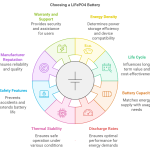
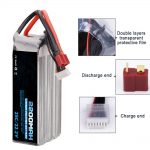
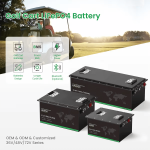
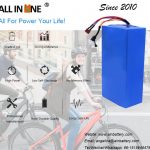






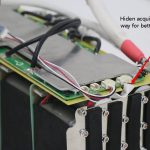

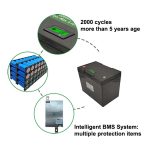


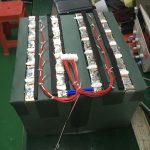


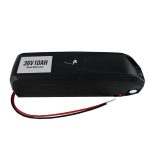

![]() 100 secure خوندي تادیه
100 secure خوندي تادیه![]()
